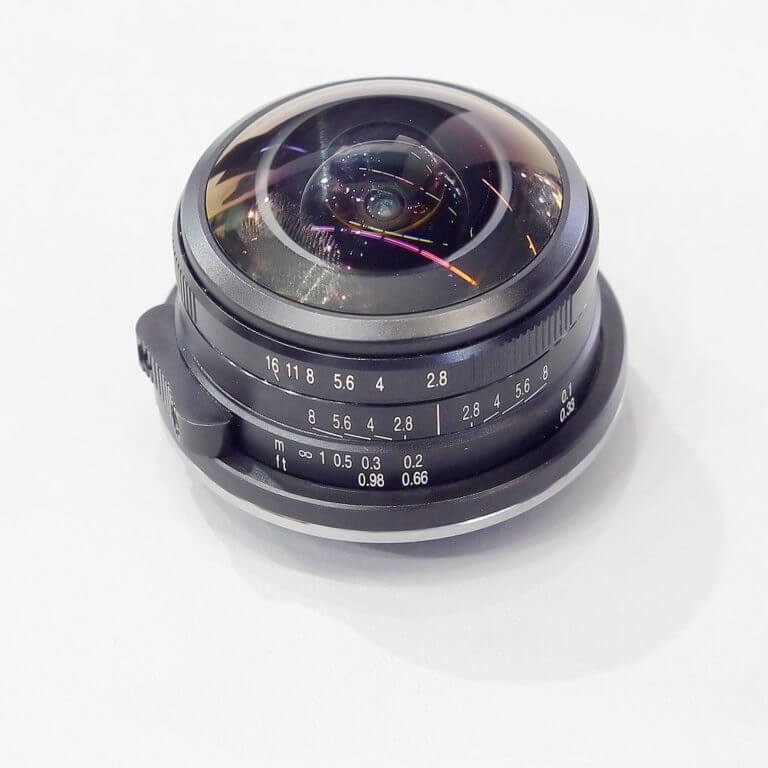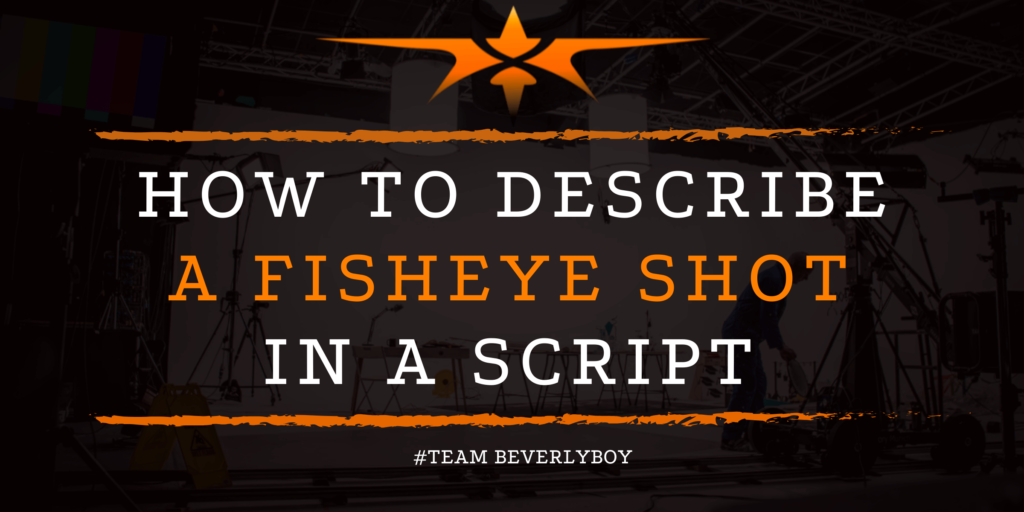How to Describe a Fisheye Shot in a Script
Scriptwriters have a lot to consider as they plan out the details of a script for a film. As a newly aspiring screenwriter, or a filmmaker that’s interested in planning out all of the important details of a film including the shots that will vividly deliver the visuals to the audience, you may be wondering how to describe a fisheye shot in a script? While this probably isn’t a shot that you’re going to incorporate into every script, it certainly makes sense to figure out how it would be described in instances where it would be useful and most interesting to the audience.

Knowing how to describe a fisheye shot in a script is definitely something that a novice filmmaker may struggle with. Of course, there’s the fact that many say the screenwriter shouldn’t be involved in planning out the camera instructions. As those are more to be handled by the director.
But what about shooting scripts? How do you describe a fisheye shot in a shooting script?
Don’t Use Camera Directions in Screenplays
Before we dive further into how to describe a fisheye shot in a script. It’s important to make it very clear. First, that we are not discussing the addition of camera shots to be included in a screenplay!
The screenwriter should leave the decision of shot styles, number of shots, and how shots are to be captured to the Director, First AD, cinematographers, and the editor.
Camera shots, like the fisheye shot or the decision to use a fisheye lens are not to be included in the initial screenplay. And they are not to be planned by the writer.
Including the Fisheye Shot in a Shooting Script
Now that we’ve got that out of the way. Let’s talk about how to describe a fisheye shot in a shooting script. The shooting script is going to dictate the camera angles, directions, and other pertinent details. With regards to each shot and scene that takes place for the film.
The shooting script will be created when the film is in pre-production. And it will include a lot of important information for the film crew. That will help them to achieve the desired outcomes for the film.
As an example, a shooting script might include the following details:
- The scene number
- Details about camera angles and directions from which the cinematographer will be filming.
- The Details on the special effects that are to be included in the scene.
- Details on any stunt work or action sequences that will take place within the scene.
- Specific details regarding set design, costumes, and lighting.
- Special notes regarding the acting that is to take place.
Two-Column Shooting Scripts
So, a typical shooting script might include two columns, one for picture and one for audio.
The side-by-side, two-column shooting script provides details. Regarding what is taking place on camera. And how the camera is capturing the details in the “Picture” column.
As well as details regarding any music, sounds or dialogue taking place simultaneously in the “Audio” column.
Description in a Script
In this example of a two-column shooting script, if you’re wondering how to describe a fisheye shot in a script. You might see the fish-eye view, or fish-eye lens brought up in the “picture” column as a notation to the cinematographer.
Fisheye shots are sometimes used for dream sequences and to show distortion which resembles the view through a security door peephole. Thus, describing the fisheye shot in a script can generally be accomplished simply by including a note to the camera operator to use fisheye lens.
Or to capture fisheye shot but you may also describe it in the framing as a “Fisheye shot” in which an ultra wide angle lens is used very close to the subject in order to yield the desired distortion.
For Screenplays
So, as you figure out how to describe a fisheye shot in a script, much of the detail surrounds whether or not you’re working on a shooting script – if so, you can describe the shot specifically for the cinematographer.
If you’re not working on a shooting script, but you hope for a fisheye shot to be included, you’ll write your screenplay in such a that the cinematographer and the Director come to the conclusion that the fisheye shot is best suited for the scene.
But you won’t actually provide a recommendation for the fisheye shot in your screenplay. Instead, you’ll write your screenplay in a way that describes your character experiencing a surreal, comical, or fantastical feeling potentially in a dream.
Or you might incorporate details of a character peeping through a peephole which would result in the Director opting for this sort of lens to be included.


